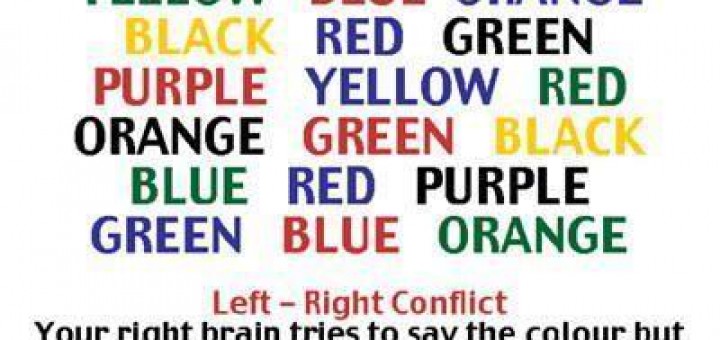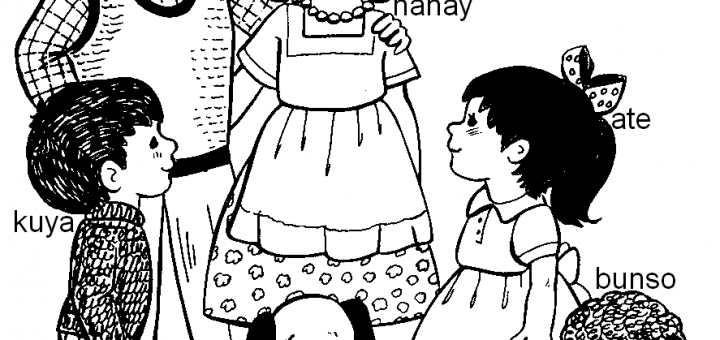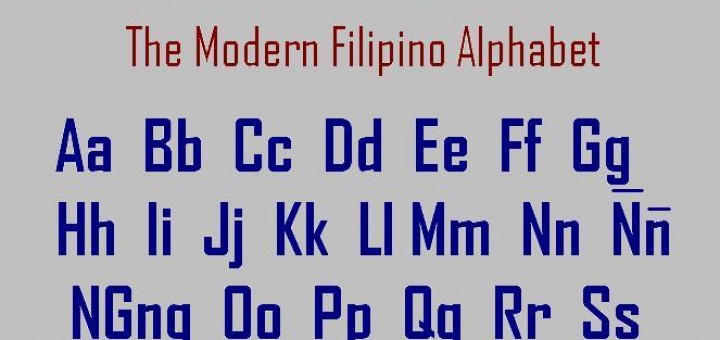Tagalog Tuesday : How to tell time
Narito po muli ang Tagalog Tuesday! We’ve made 13 essential topics for you to review before you visit the Philippines. On our previous post, we’ve talked about: – The history of Tagalog – Ang alpabetong Filipino – The modern tagalog...




